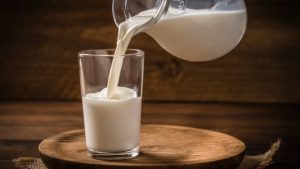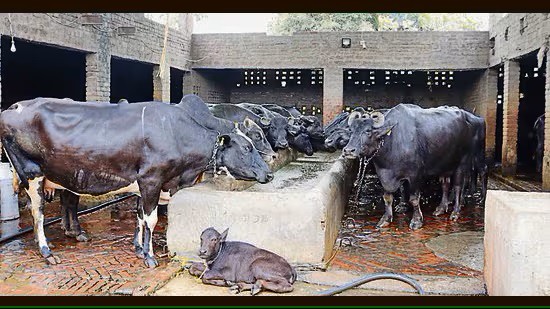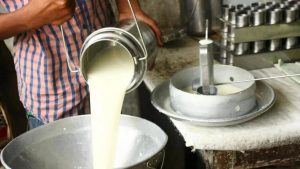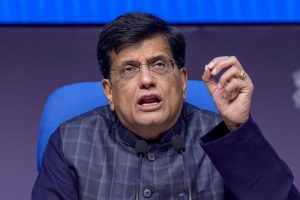
A report published by the National Library of Medicine highlights the detrimental impact of heat stress on dairy cattle.
With mercury soaring high, farmers in the district have complained of reduced milk quantity by 35% among their cattle due to heat stress, with animal husbandry experts providing insights and strategies to mitigate the impact among milch animals and maintain dairy productivity.
Dairy farmer and president of the Tajpur Road Dairy Complex Association, DS Oberoi, said, “The scorching temperatures significantly reduce milk production by 30-35%, resulting in economic setback to dairy farmers. Not only our profits dwindle, but the well-being of our livestock also suffer due to the surge in heat-induced diseases such as mastitis, foot-and-mouth disease (FMD), and hemorrhagic septicemia (HS).”
Prithpal Singh, a dairy farmer from Hambran, said, “To tackle the heat stress, we have installed fans in the sheds. Besides this, we bathe them twice a day to keep them cool and diseases at bay.”
A report published by the National Library of Medicine highlights the detrimental impact of heat stress on dairy cattle. The study reveals a range of negative consequences such as decreased milk production, reduced feed intake, impaired reproductive performance, and heightened susceptibility to diseases.
“Physiologically, heat stress results in increased heart and respiration rates, elevated blood flow to the skin, and excessive sweating, leading to electrolyte imbalance, dehydration, and inflammation. The dairy industry bears the brunt of this heat stress, causing substantial economic losses” the report stated.
Heat stress further leads to various health complications in cows, necessitating extended care. Difficult births, heat exhaustion, fatty liver in fresh cows, mastitis, adverse reactions to vaccinations resulting in abortions and death, and increased lameness are among the challenges faced. Rising ambient temperatures also cause an escalated respiratory rate, progressing from panting to open-mouth breathing, the study said.
Sharp hike in daily OPD cases
Dr Gurpreet Singh, assistant professor of veterinary medicine at Guru Angad Dev Veterinary and Animal Sciences University (GADVASU), said, “Number of outpatient department (OPD) cases that are around 15-20 in normal weather condition have gone up to 40 cases a day. Several farmers have complained of reduced milk quantity due to heat stress, while many other health ailments flare up as animal’s immunity gets compromised in such extreme temperatures.”
Experts recommend implementing measures to alleviate heat stress in livestock. Installing fans, sprinklers, and providing ample shade, ventilation, and cool drinking water are crucial steps in maintaining animal welfare. Additionally, adjusting feeding times to coincide with cooler periods of the day can help sustain feed intake levels.
Dr Parminder Singh, an animal nutrition expert at GADVASU, emphasises the importance of a well-balanced diet in combating heat stress.
“By following a carefully planned diet, the adverse effects on milk production can be minimised, while ensuring that animals receive sufficient nutrition to boost immunity and withstand the challenges posed by extreme weather conditions,” he said.
Dr. Singh suggests incorporating special additives into animal feed during summers to enhance digestibility and palatability. He emphasised the significance of understanding the animals’ body clock and feeding them during cooler hours, such as early morning or late at night. Maintaining a 12-hour interval between consecutive milking sessions is also essential for optimal results.

















